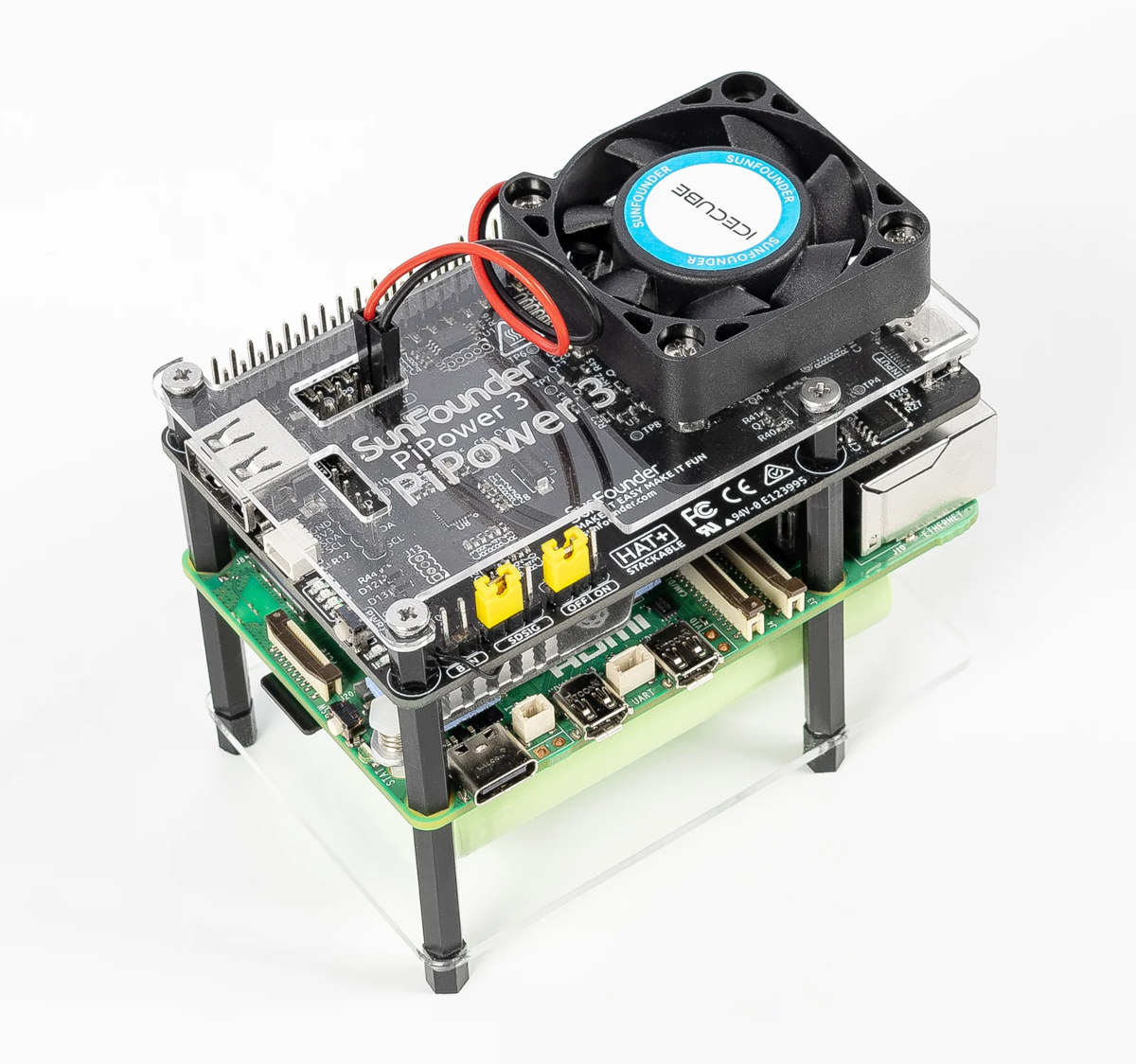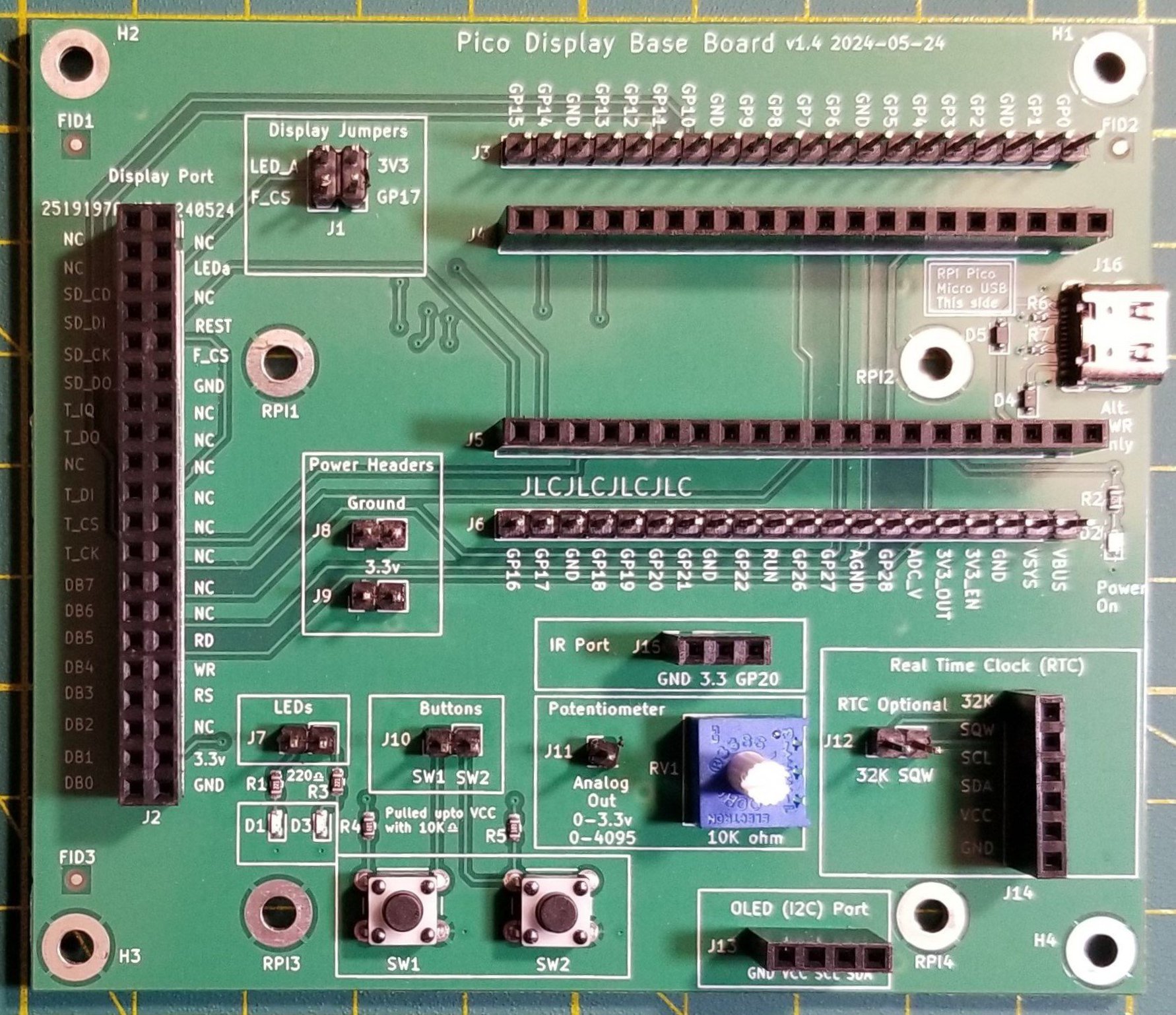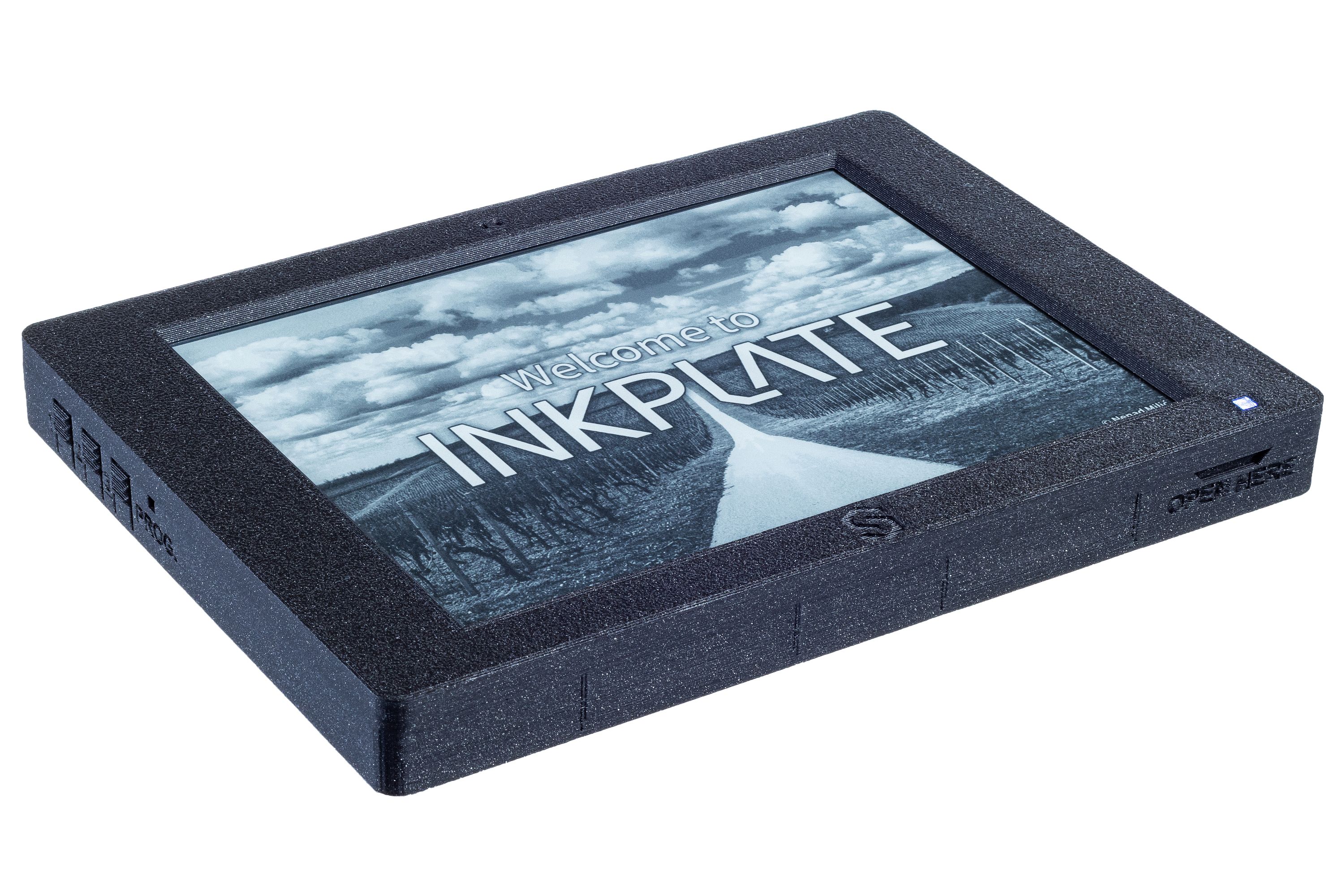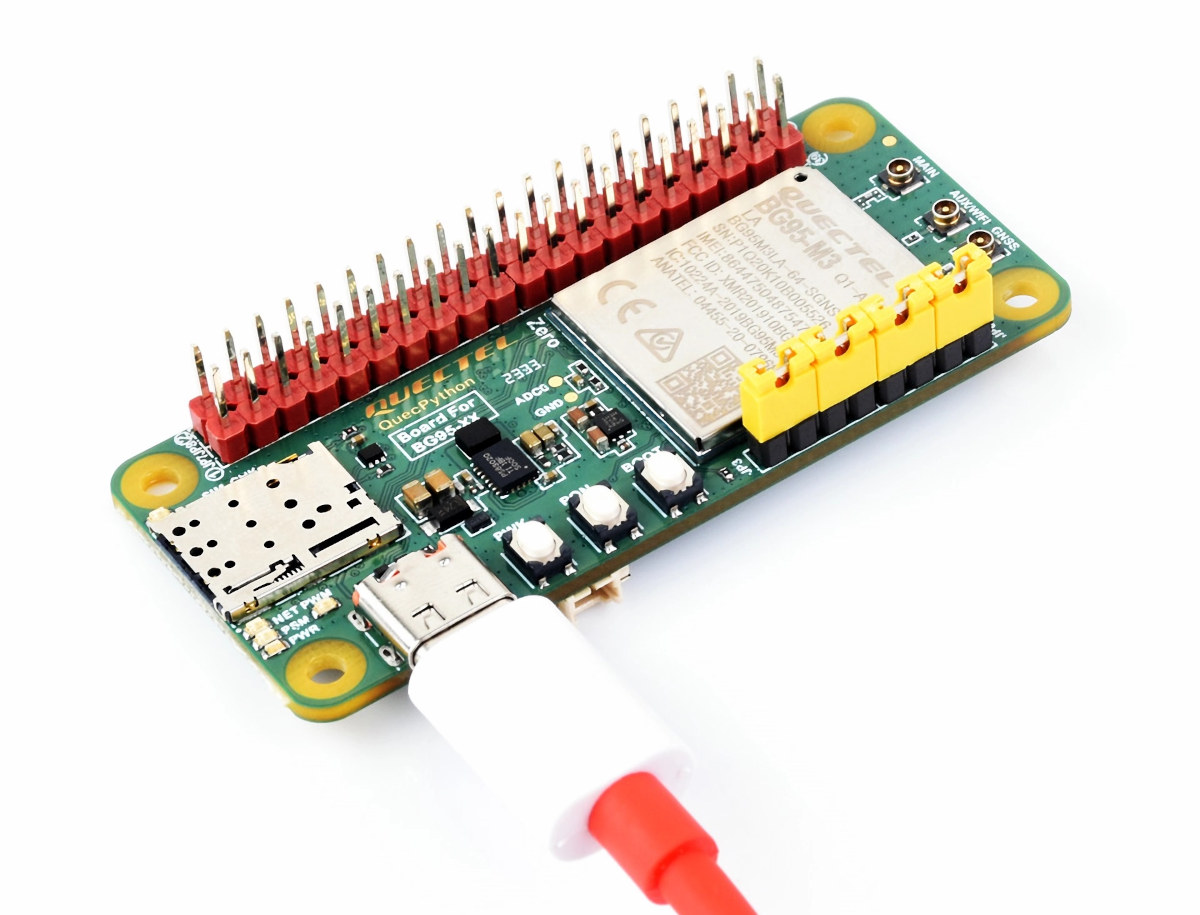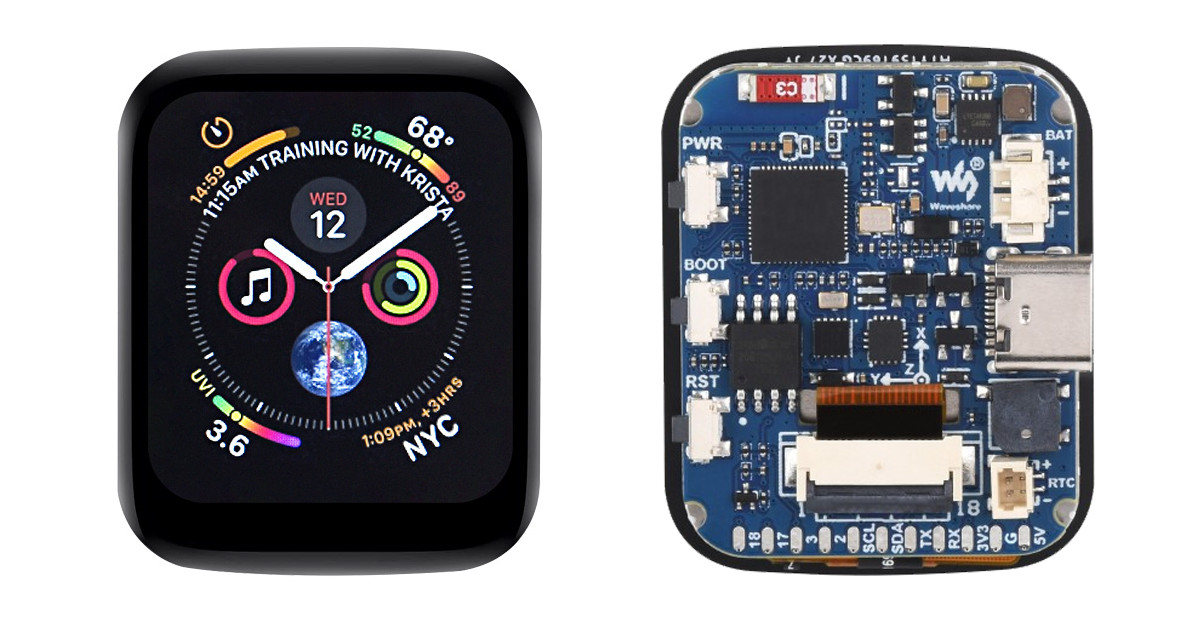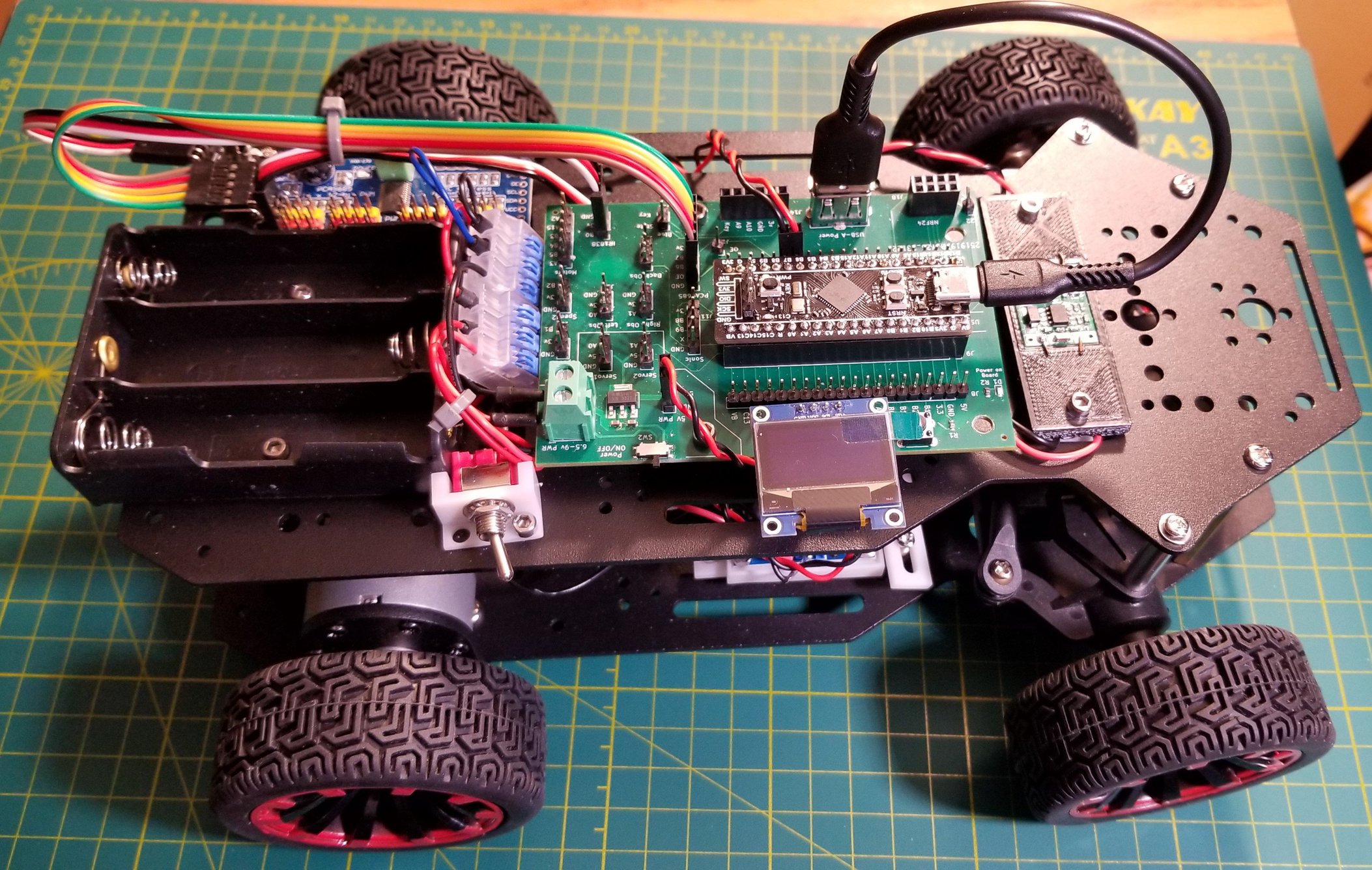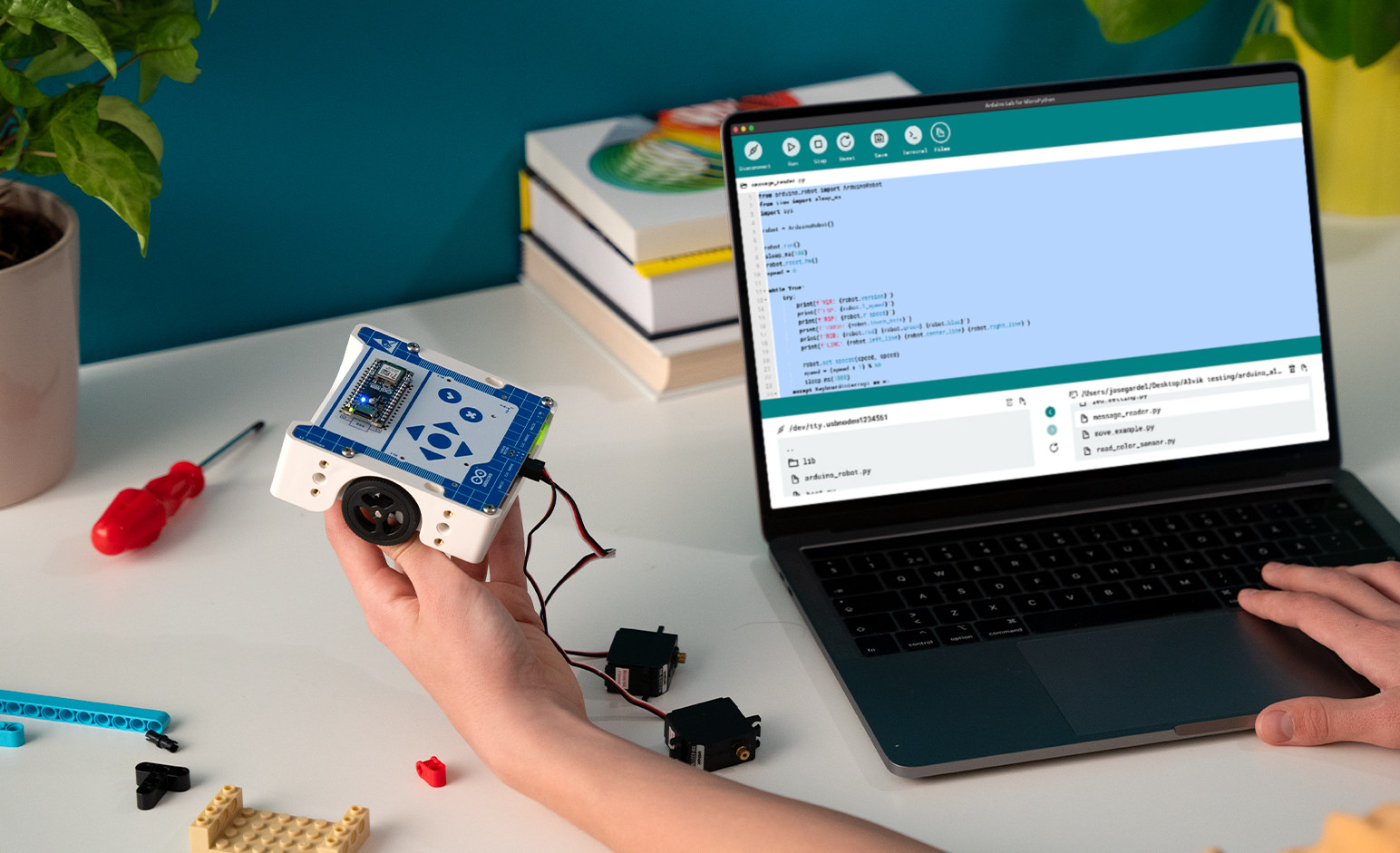SunFounder PiPower 3 kit is a UPS solution designed to work with the Raspberry Pi 5, other Arm SBCs, or even MCU boards like Arduino UNO and Raspberry Pi Pico. The board delivers a stable 5V/5A output, and a 32-bit CH32V003 RISC-V microcontroller takes care of power management and battery level reporting to make sure the Raspberry Pi 5 keeps running when a power failure occurs and shutdowns gracefully when the battery level is low. The kit comes with two 18650 2,000mAh batteries that connect through a 2-pin connector, and all accessories – standoffs, acrylic case, and fan – for assembly with the Raspberry Pi 5, or other compatible boards like the Pi 4, Banana Pi BPI-M5, Radxa Rock Pi E, Orange Pi 3B, and others. PiPower 3 kit specifications: 32-bit CH32V003 RISC-V microcontroller supporting I2C communication Input – 5V/5A via USB Type-C with PD support Output – 5V/5A […]
The Pico Display Base Board offers a simpler way to create Raspberry Pi Pico LCD projects
The Pico Display Base Board is a printed circuit board from Applying Microcontroller Solutions that provides a platform for building Raspberry Pi Pico-based display projects. It works with a Raspberry Pi Pico board and an LCD screen based on the Solomon Systech SSD1963 display controller. The Pico Display Base Board features a 40-pin header (Display Port) which connects to GPIO on the Pico to provide an 8-bit parallel interface for the display and SPI pins for the touchscreen and integrated SD card. It supports various display sizes from 4.3 inches up to 7 inches. Displays up to five inches can be powered directly by the Pico. A jumper block on the board can be used to pass power to the LCD and wire the display’s optional flash chip to the Pico. A USB-C port on the board can provide an alternative power source for larger displays. It also has male […]
7-inch ESP32-S3 touchscreen display exposes RS485, CAN Bus, I2C, UART, and analog sensor interfaces
Waveshare ESP32-S3-Touch-LCD-7 is an ESP32-S3 powered WiFi 4 and Bluetooth 5 LE 7-inch touchscreen display with plenty of expansion interfaces such as RS485, CAN Bus, I2C, UART, and Analog input that can be used to develop various HMI applications We’ve written about many ESP32 boards with displays, but most are small displays under 3-inch, and larger displays are more of a rarity except for ESP32 e-Paper displays such as the Inkplate 10 or LILYGO 7.5-inch e-Paper display. Most are based on ESP32-S3 since it comes with an RGB LCD interface, and the only other 7-inch ESP32-S3 touchscreen display we’ve looked into is the Elecrow 7.0-inch display with specifications similar to the Waveshare ESP32-S3-Touch-LCD-7, but fewer I/O headers. Waveshare ESP32-S3-Touch-LCD-7: Wireless module – ESP32-S3-WROOM-1 MCU – ESP32-S3N8R8 dual-core Tensilica LX7 up to 240 MHz with 512KB SRAM, 8MB PSRAM, 8MB flash Wireless – 2.4 GHz WiFi 4 and Bluetooth LE 5 […]
Inkplate 6 MOTION STM32-powered wireless e-paper display offers higher resolution and faster refresh rates (Crowdfunding)
The Inkplate 6 MOTION is a new product from Soldered Electronics in their Inkplate series of wireless e-paper displays. It is a 6-inch e-paper display with a partial refresh rate of 11fps which reduces obvious latency in rendering dynamic content such as videos, animations, and scrolling text. The display is driven by an STMicroelectronics dual-core STM32H743 microcontroller, with an ESP32-C3 as a secondary processor. It features Wi-Fi and Bluetooth for networking and a host of peripheral interfaces for physical connectivity. It includes several sensors such as a rotary encoder for quick navigation, a gravitational accelerometer with a gyroscope for tracking device orientation, and a motion detection sensor. We covered the original Inkplate 6 display when it launched on Crowd Supply in 2019. The Inkplate 6 is much less expensive than the new model but has a lower screen resolution (800 x 600 px) and slower refresh rates (256ms). Furthermore, it […]
Raspberry Pi Zero HAT compatible Quectel BG95-M3 Zero cellular IoT board runs QuecPython MicroPython firmware
Waveshare BG95-M3 Zero is a Raspberry Pi Zero-sized SBC based on Quectel BG95-M3 cellular IoT module with LTE Cat M1 (eMTC), LTE Cat NB2 (NB-IoT), and eGPRS connectivity as well as GNSS. The board supports Raspberry Pi HATs and ships with Quectel’s QuecPython MicroPython firmware for easier programming. We’ve previously covered various SBCs and Raspberry Pi HATs based on Quectel modules for cellular IoT and GNSS connectivity with the likes of Olimex NB-IoT-Devkit (with a BC66 module), S-2Connect Creo evaluation kit, Sixfab 5G Modem HAT, and others. Olimex BC66 board supports Arduino programming, but most of the other boards rely on a host processor. Waveshare’s BG95-M3 Zero is a standalone SBC offering compatibility with Raspberry Pi Zero (p)HATs, and Quectel also developed its own MicroPython firmware called QuecPython that works with several of their modules, including the BG95-M3. BG95-M3 Zero specifications: Cellular IoT Module – Quectel BG95-M3 CPU – Arm […]
ESP32-S3 1.69-inch touch display features 6-axis IMU, RTC, UART, and more
The Waveshare ESP32-S3 1.69-inch touch display is a development board that uses an ESP32-S3 as the main controller. The board features a 240×280 touchscreen LCD that supports 262K colors and is equipped with an accelerometer, gyroscope, RTC, battery management IC, and a USB-C port for programming and power. Previously we wrote about the Waveshare ESP32-S3-LCD-1.28 1.28-inch fully rounded LCD screen that is also built around an ESP32-S3 MCU, and we have also recently written about the similar-looking Waveshare 1.69-inch IPS touch LCD with no onboard MCU that is meant to connect to Raspberry Pi, ESP32-S3, Raspberry Pi Pico, Arduino, STM32, and other boards with I2C or SPI interfaces. ESP32-S3 1.69-inch touch display board specifications: Wireless MCU – Espressif Systems ESP32-S3R8. CPU – Dual-core Tensilica LX7 @ up to 240 MHz with vector instructions for AI acceleration. Memory – 512KB RAM, 8MB PSRAM ROM – 384KB Connectivity – 2.4 GHz WiFi […]
Easily build a robot car with the Car Base Board for the STM32F411 “Black Pill” board
The Car Base Board from Applying Microcontroller Solutions is a modular platform for building robot car projects powered by the WeAct Studio Black Pill development board. The Black Pill board is an upgrade to the “Blue Pill 2” board and features the STM32F411CEU6 microcontroller running at 100MHz with 512 KB of flash memory, 128 KB SRAM, and a USB Type-C port for power and programming. The Care Base Board printed circuit board is a base controller that takes hardware expansions such as wireless modules, servos, and sensors to monitor and control a robot car. The onboard headers provide a straightforward way to wire these connections and help prevent a tangled mess (rat’s nest) of wires. The PCB’s design makes it easy to use widely-available, “generic” devices and boards in development and to power all of them with batteries. It also allows the developer to select their favorite wireless communication device. […]
Arduino Alvik is a 3-wheel robot designed for STEAM education
Arduino Education’s Arduino Alvik is a 3-wheel educational robot that was initially unveiled at the Bett 2024 show in London and designed to teach robotics, programming, and other STEAM subjects. The robot is based on an Arduino Nano ESP32 board and comes with a set of nineteen lessons designed by Arduino Education’s team in collaboration with teachers so that students can learn the basics of IoT, get started with MicroPython, and get themselves familiar with various physics and engineering concepts. The company has yet to provide the full specifications for the Alvik robot, but here’s what we know at this stage: Mainboard – Arduino Nano ESP32 2x wheels plus 1x ball wheel Sensors – “High-quality sensors” that include a ToF ranging sensor, line-following sensors, a 6-axis accelerometer & gyroscope, a proximity sensor, and color sensors. Expansion 2x Grove I2C connectors 2x Qwiic connectors 6-pin servo motor header for up to […]


